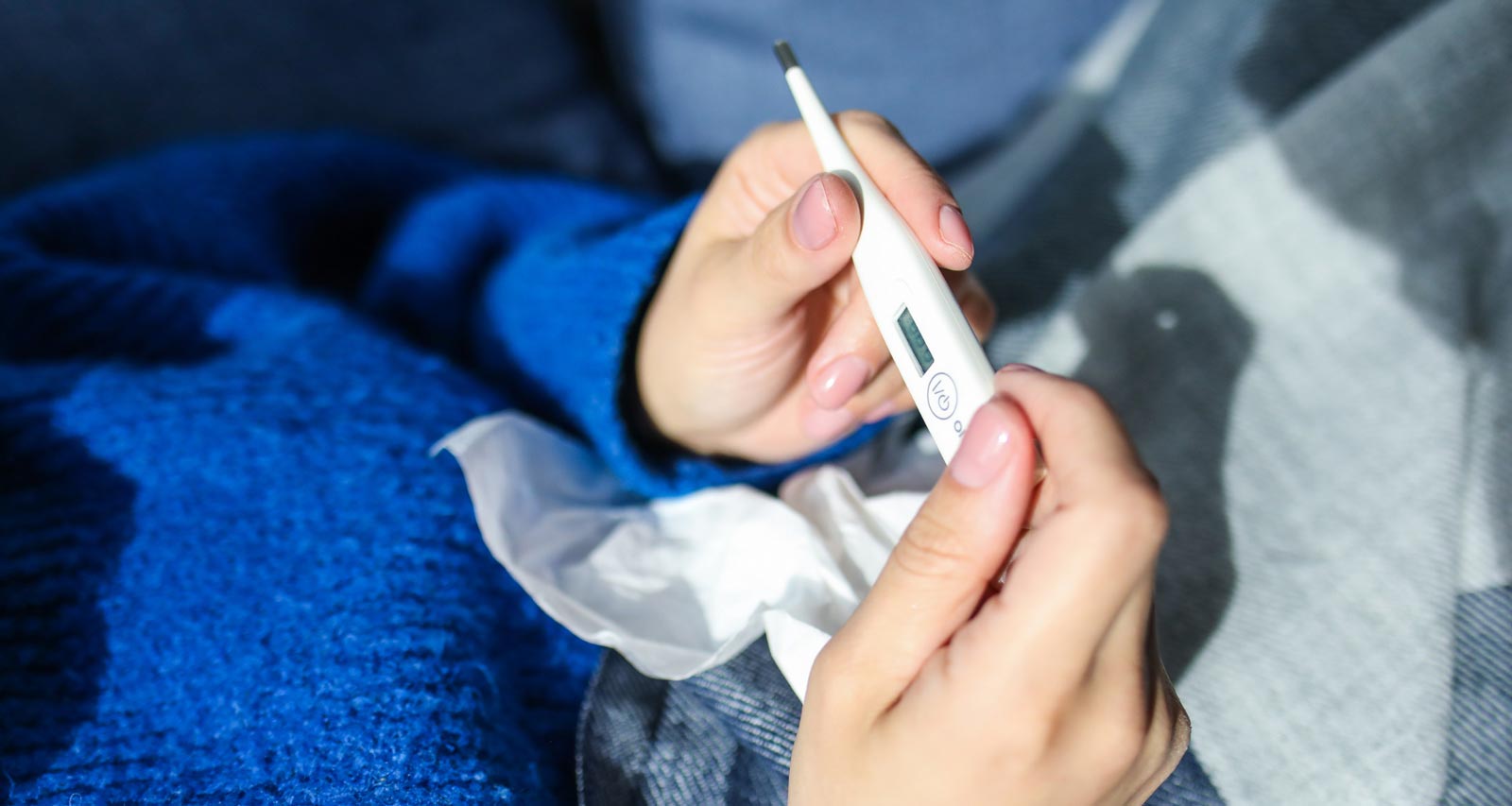If you've ever had a runny nose and sore throat morph into a productive cough that leaves you feeling drained, you've dealt with a dreaded chest cold. The term "chest cold" is another name for acute bronchitis: an infection that triggers excess mucus production in your airways. Confused about your symptoms? Here's what you need to know.
One of the defining symptoms of a chest cold is chest congestion — a buildup of mucus in your airways. Mucus has a natural protective mechanism. It forms a physical barrier to protect the delicate tissue that lines your airways and lungs, so viruses, bacteria and other microbes can be coughed up and removed. So while that excess mucus definitely isn't pleasant, it's there to protect your airways and lungs.
When you have chest congestion, you'll get "productive coughing" (a cough that brings up mucus) as well. Excess mucus triggers the coughing reflex, which is designed to clear your airways and remove harmful pathogens, like bacteria and viruses. Your cough may bring up white or clear mucus, which might change in color to yellow or green over the course of your cold.
It's not uncommon to notice some changes in your breathing when you have a chest cold. Infection in your airways can slightly constrict them, leading to that characteristic wheezing. You may also feel short of breath, especially when you smell a strong odor or inhale cold air.
Your chest cold can leave you feeling seriously fatigued, both from the energy expended fighting off an infection and from a reduction in air that's able to enter your lungs. You might also experience aches and pains, chills, a fever, a sore throat or headache from the coughing. Fevers are a protective mechanism against illness — they help inactivate enzymes that bacteria and viruses need to survive, which helps to clear the infection. However, a fever can have adverse effects for you as well, so see a doctor if you develop one.
In addition to following your doctor's orders, you can follow these steps to start feeling better.
- Stay hydrated: Liquids thin the mucus in your airways.
- Turn on a humidifier: Humid air moistens and loosens mucus so you can cough it up more easily, potentially helping with wheezing.
- Get plenty of rest: Consider staying home from work or school to give your body a chance to fight off the cold.
- Get relief with medication: Pick up an over-the-counter cough medication, like regular or maximum strength Mucinex®, which contains an expectorant to help clear chest congestion.
- See a doctor: If you're coughing up yellow or green mucus, running a fever of 100.5 °F or higher, experiencing wheezing or shortness of breath, or your cold doesn't start getting better in seven to 10 days, be sure to see a doctor.







